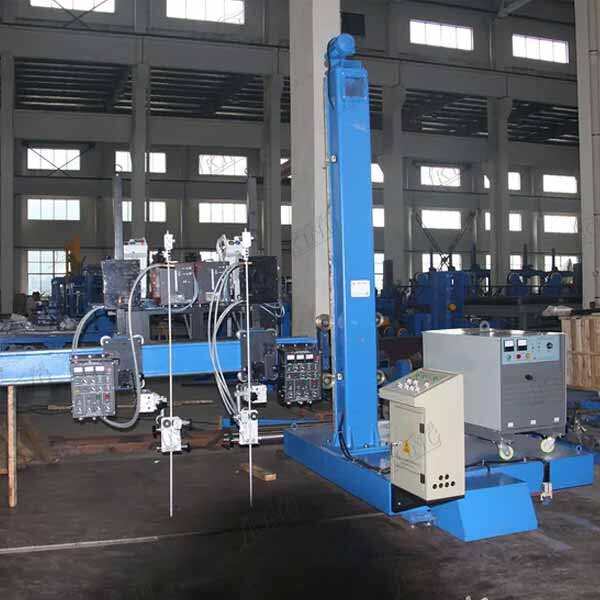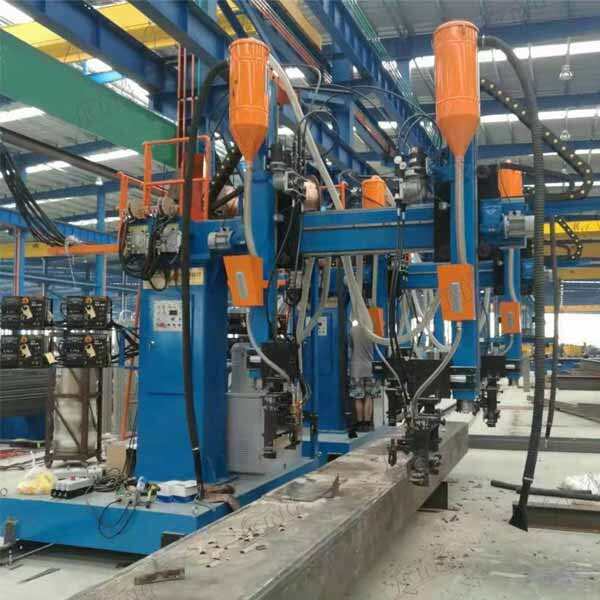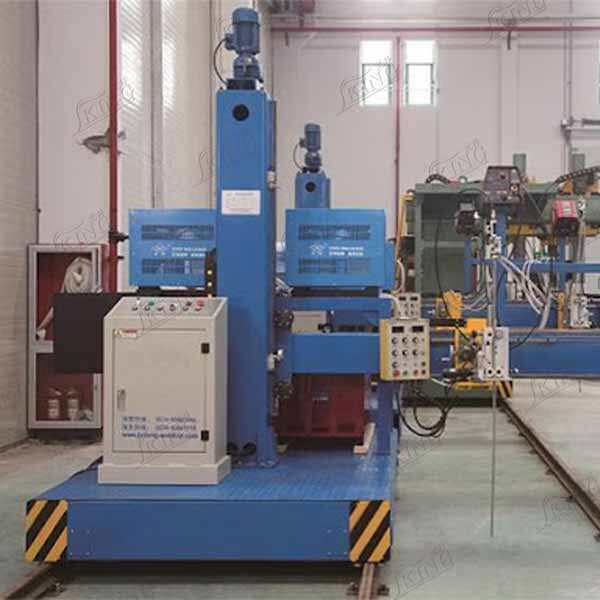wind tower esw welding machine
The wind tower ESW welding machine represents a cutting-edge solution in the renewable energy manufacturing sector. This advanced system specializes in the precise welding of large-scale wind tower sections, utilizing electroslag welding technology to achieve exceptional joint strength and integrity. The machine features a robust framework designed to handle massive cylindrical components, with automated positioning systems that ensure perfect alignment during the welding process. Its sophisticated control system maintains optimal welding parameters throughout operation, including temperature regulation, flux distribution, and weld pool management. The machine incorporates real-time monitoring capabilities that track weld quality and progression, allowing for immediate adjustments when necessary. With its high-efficiency cooling system and advanced power supply unit, the ESW welding machine can maintain continuous operation for extended periods, significantly reducing production time for wind tower manufacturing. The system's modular design allows for easy maintenance and component replacement, while its user-friendly interface enables operators to program and control welding parameters with precision. This machine is specifically engineered to meet the demanding requirements of wind tower production, capable of handling various material thicknesses and delivering consistent, high-quality welds that meet international standards.


